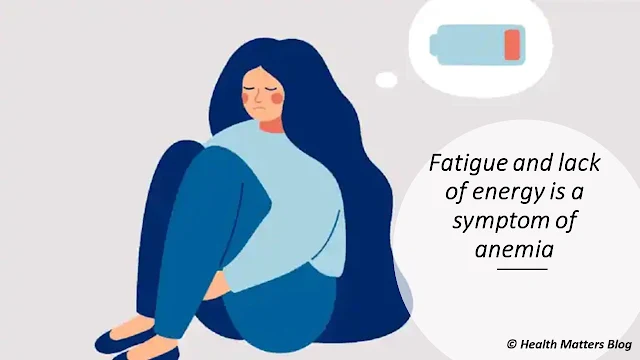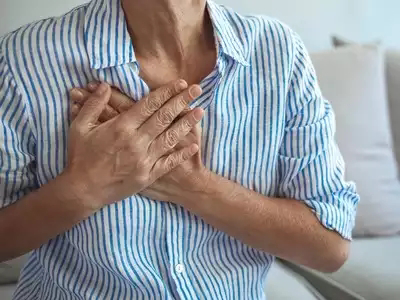Anemia; It's causes and treatment
Anemia
It's a disease characterized by decreased hemoglobin level (the pigmented substance that carries oxygen and distributes it to all body tissues)
Or red blood corpuscles( the cells with in the circulating blood that carries the hemoglobin inside them) or both of them.
Anemia is a very common disease affecting about one third of the general population worldwide. It's prevalence increases increases with age and is more common in pregnant women, and elderly.
Signs and Symptoms:
A broad variety of signs and symptoms can be present in patients suffering of anemia and include:
Pallor: individuals having anemic are paller than normal as they contain less (Red) hemoglobin pigment in their bodies and tissues.
Poor concentration and memory.
Dyspnea: patients with anemia may complain of difficult breathing and shortness of breath when they exert any effort. This because there is not enough oxygen in their bodies to enable them doing activities, so when they are starting any physcial activity they notice that they are breathing hardly and rapidly.
Palpitations: patients with anemia may notice that their heart beats are faster than usual a condition called "tachycardia" in which the heart contractions are rapid than usual for normal people.
Dizziness: Feeling of dizziness is frequent in anemic patients.
Fatigue and lack of energy.
Syncope: May also occur in patients with anemia due to decreased blood supply to the brain. The person brief fainting and regains his consciousness within seconds.
Types:
Anemias can be classified into:
1) Microcytic Hypochromic Anemia: In which the size of red blood corpuscles(RBCs) is redused than than the normal size in normal people. Also the pigment within ( called hemoglobin ) is also reduced. It's the most common type of anemia. Common causes of hypochromic anemias are iron deficiency, chronic blood loss, and thalassemia.
2) Megaloblastic Anemia: It's a type of anemia in which the size of red blood corpuscles (RBCs) are larger than normal. It's caused by vitamin B12 or Folate deficiency. The deficiency of any of these elements not just affect the RBCs only, but affect all blood elements resulting in deficiency of all blood cells; The RBCs, White blood cells, and platelets ( a condition called pancytopenia).
3) Normocytic Normochromic Anemia: It's a type of Anemia in which the RBCs have the normal size and normal hemoglobin content as normal, but are reduced in their number and the total hemoglobin content is reduced consequently. It can be caused by chronic inflammatory diseases, chronic illnesses, bone marrow diseases, and malignancies.
Complications of Anemias:
Untreated anemia can lead to many complications -some of them may be lifethreatening- like:
- Delayed physical growth of children, poor mental development, and dwarfism.
- Weakened immune system, and increased risk of infections.
- Premature birth and low birth weight in pregnant women.
- Heart problems like Angina Pectoris and Heart failure.
Treatment:
Anemia can be reated by
- Treating the cause (e.g stoping blood loss).
- Good nutrition with diets rich in iron and vitamines.
- Healthy lifestyle and getting excercises regularly.
- Stop alchohol and smoking.
- Iron, B12, and folic acid supplementation.
- In severe cases of anemia a blood transfusion may be needed.





How treated?
ReplyDelete